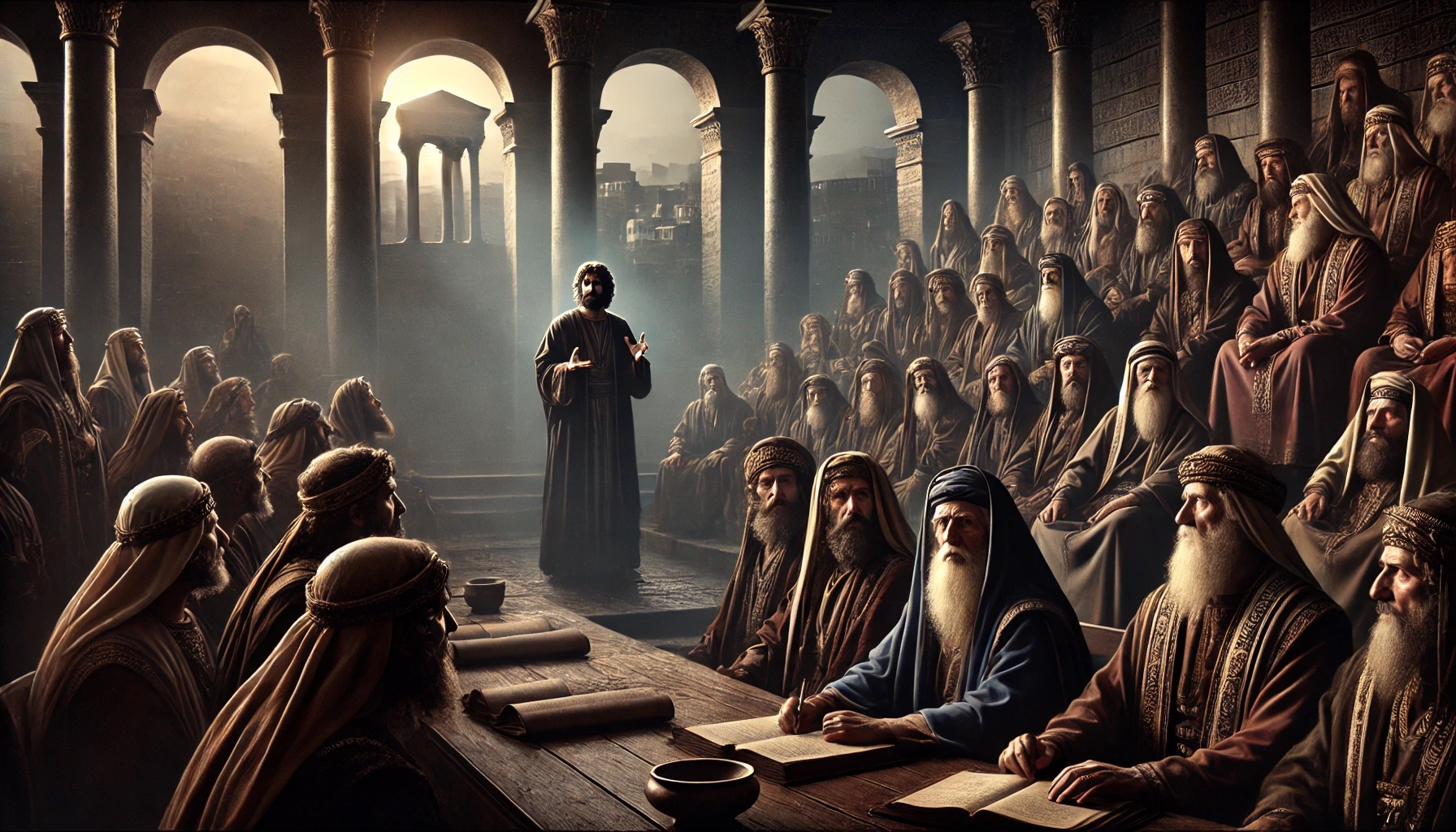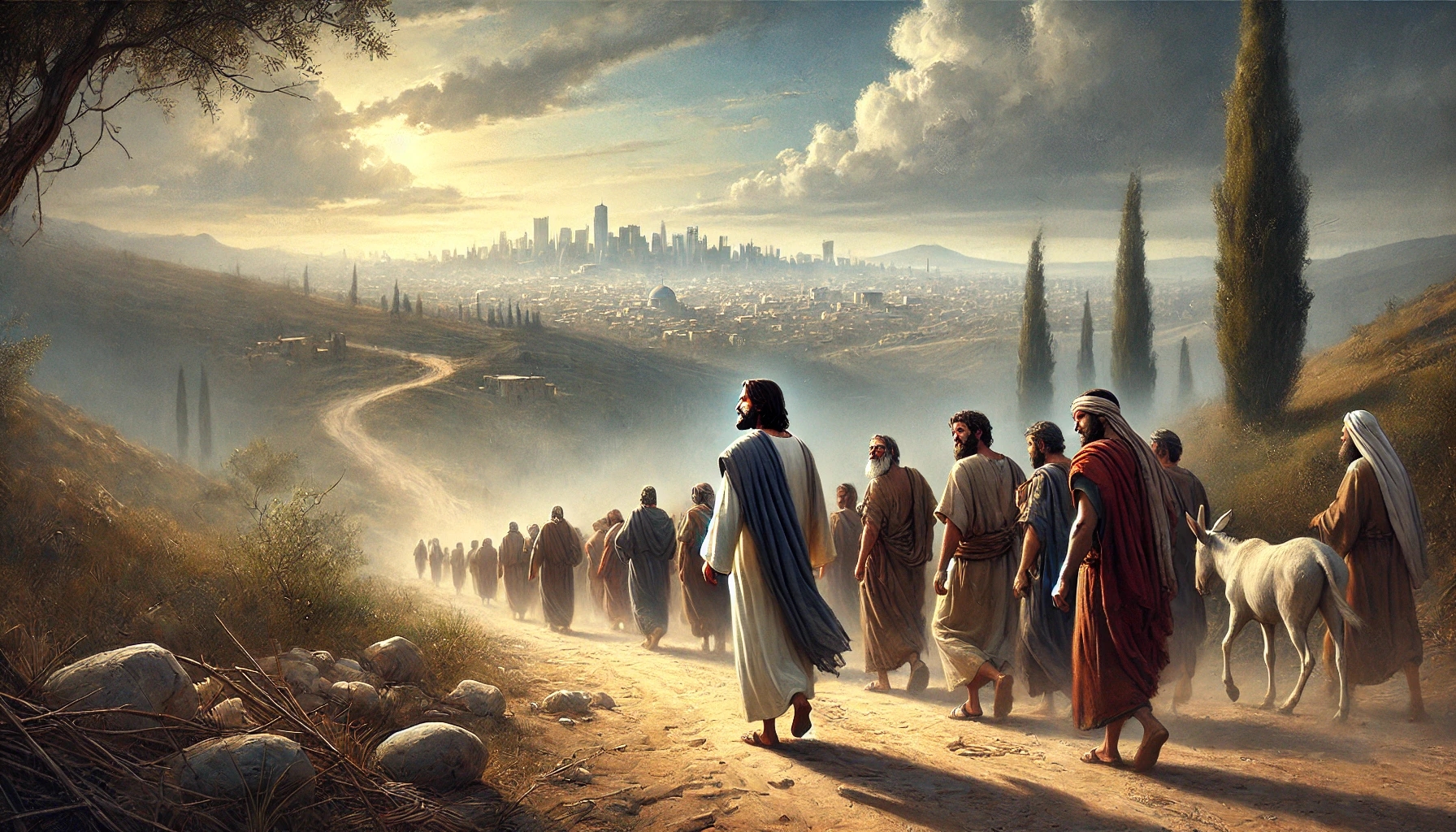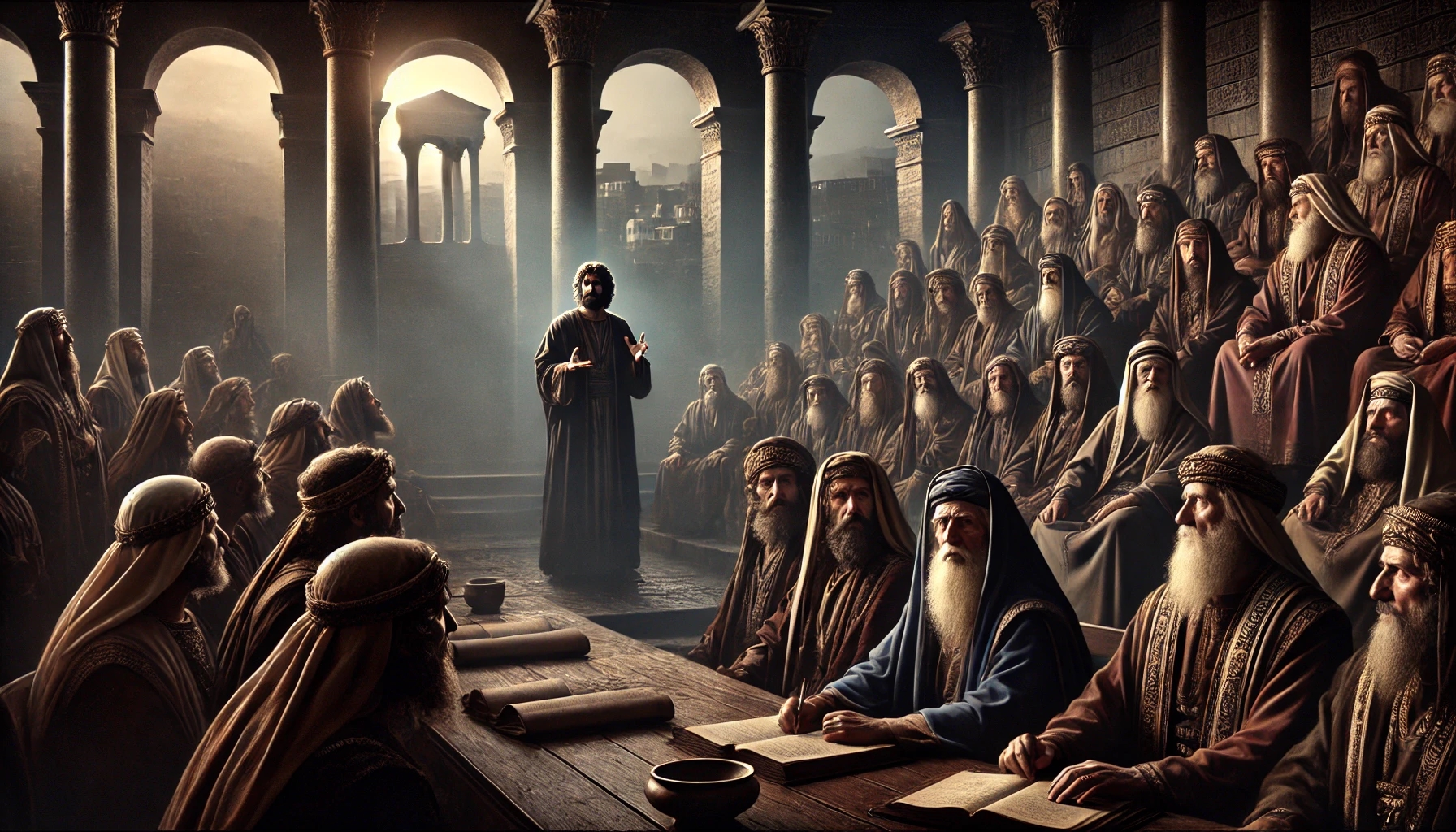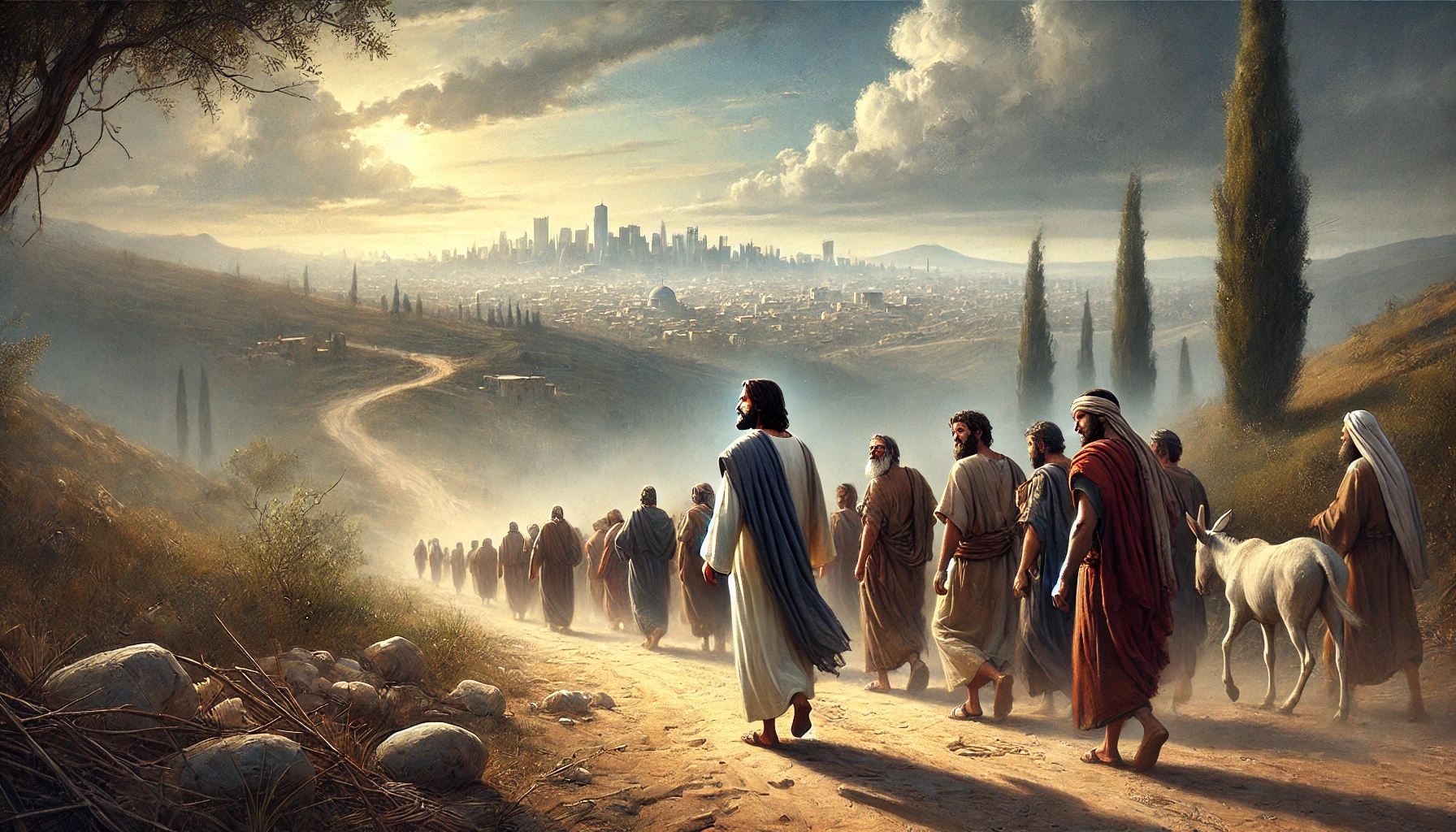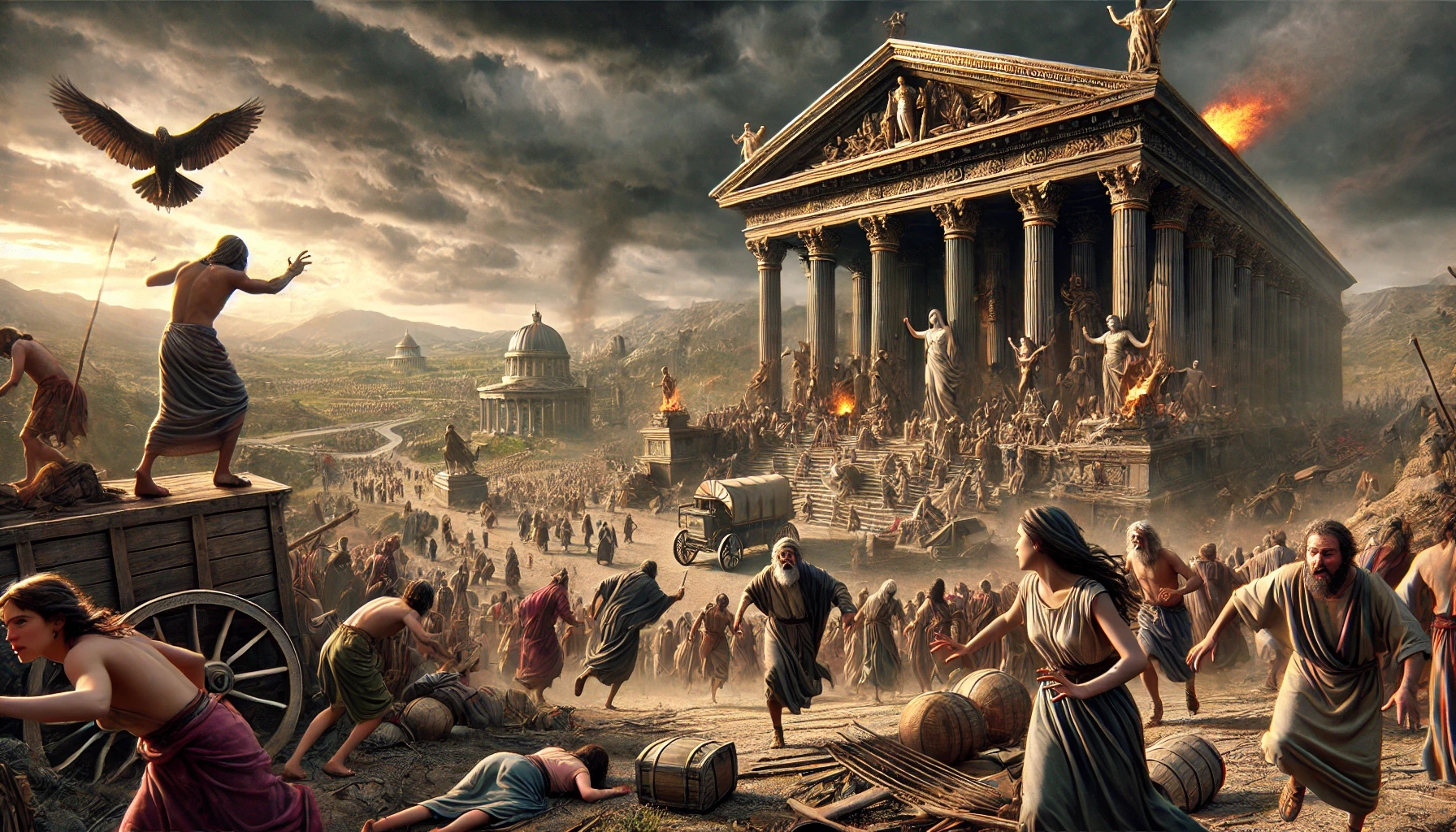
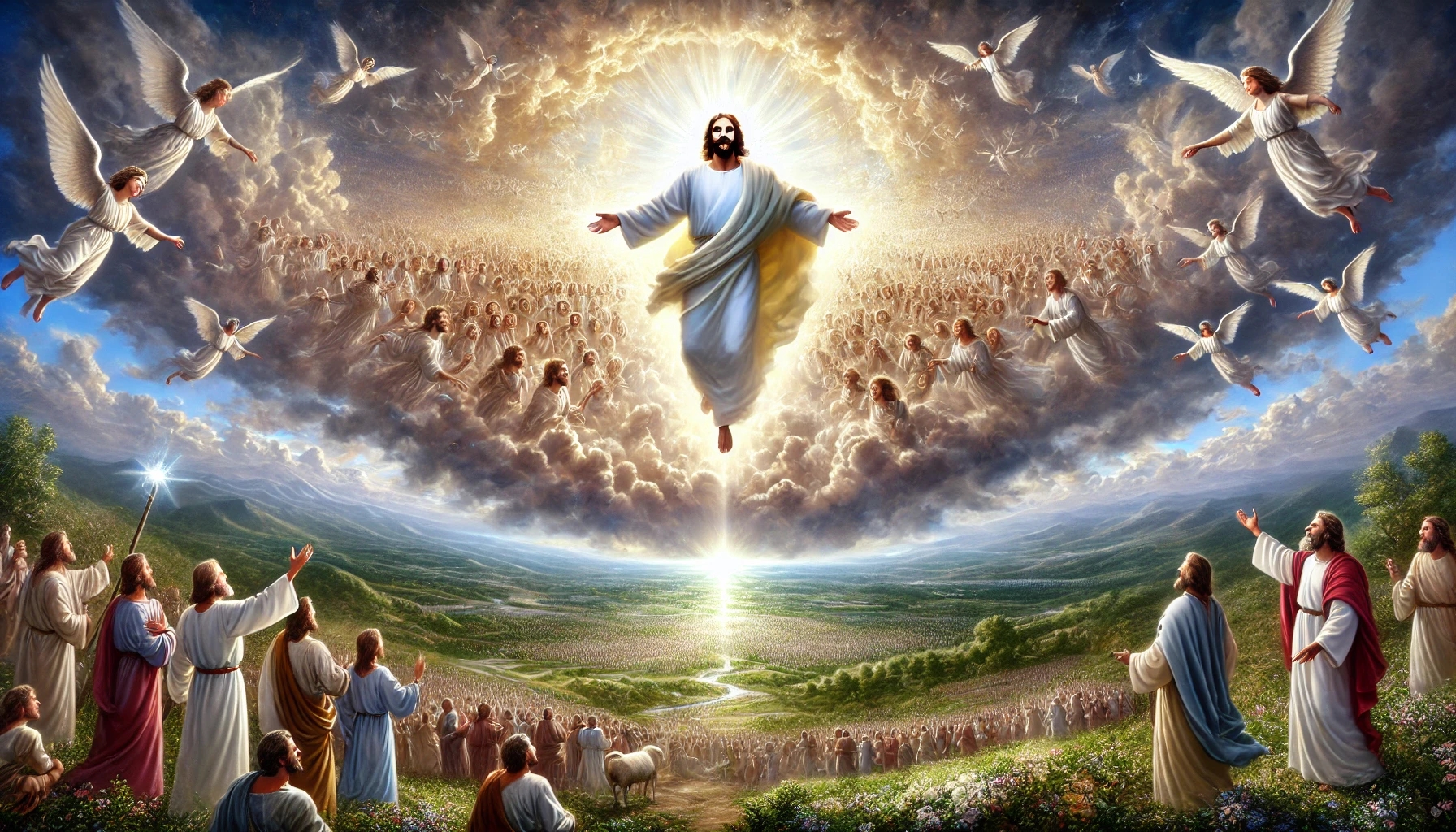
10.5 The Coming of the Son of Man
The Promised Coming of the Son of Man – Signs and Promises
Read Mark 13:24–32. What great event is described here?
Mark 13:24–32 describes one of the most significant events in Christian doctrine: the Second Coming of Jesus Christ in glory. This event is accompanied by signs in the sun, moon, and stars and is the climax of biblical prophecies about the end of time. The New Testament is rich with references to this magnificent event, which includes the resurrection of the dead and the gathering of believers with Christ, as described in 1 Thessalonians 4:13–18 and 1 Corinthians 15.
Peter reminds us in 2 Peter 3:3–13 that God is not delaying His promise but is patiently waiting for all people to come to repentance. The Revelation of John depicts Christ’s return in powerful imagery, showing that this event will be personal, literal, visible, and audible—an event that all of humanity will witness.
Jesus’ words about “this generation” and “that day” in Mark 13 have raised many questions. It seems that Jesus is addressing two different events: On one hand, He refers to the generation that will experience the destruction of Jerusalem in the first century, and on the other hand, He refers to a future, distant event—His Second Coming. While “this generation” refers to the people of the first century who will witness the signs and the fall of Jerusalem, “that day” refers to the yet-to-come return of Christ.
This passage teaches us that we should be vigilant and prepared. Although we do not know the exact timing of the Second Coming, we are called to live in anticipation and hope, aware that Jesus will return one day. This prophecy should strengthen our trust in God’s plan and encourage us to anchor our faith firmly in the assurance of Christ’s return.
The doctrine of the Second Coming of Jesus Christ, as described in Mark 13:24–32, has a profound and significant connection to our everyday life and faith:
-
Live in Expectation and Hope: The Second Coming of Christ reminds us that our life here on earth is not the end. This hope of Jesus’ return should shape our daily lives. It encourages us to reconsider our priorities and focus on what truly matters: our relationship with God and the way we live our faith. Amid challenges and uncertainties, this hope provides a firm anchor, helping us to live with confidence and perspective.
-
Vigilance and Preparation: Jesus encourages us to be watchful, for we do not know the day or hour of His return. This vigilance should motivate us to take our spiritual lives seriously, to be regular in prayer, to study the Bible, and to live in accordance with God’s will. It’s about being ready when the Lord comes by leading a life that reflects our faith.
-
Urgency of Mission: The prophecy of Christ’s return gives our lives a sense of urgency to share the gospel with others. Knowing that Jesus will return should drive us to actively spread the message of God’s love and grace. Our time is limited, and this awareness should motivate us to be a light in our surroundings and encourage others to also be prepared for Christ’s return.
-
Trust in God’s Plan: In a world that often appears uncertain and chaotic, the prophecy reminds us of God’s sovereignty. He controls history and the destiny of humanity. This trust in God’s plan gives us peace and security, even when facing difficult circumstances. It encourages us to entrust our worries and fears to God, knowing that He will bring everything to a good end.
-
A Life of Holiness and Faithfulness: The prospect of Jesus’ return should spur us to lead a life that honors God. It is an invitation to live in holiness and faithfulness, to be steadfast in following Jesus, and to stay away from worldly temptations. The expectation of His coming motivates us to make decisions in our daily lives that reflect our devotion to God.
Overall, the doctrine of Christ’s return closely connects our daily conduct with our faith. It encourages us to live in expectation, hope, and faithfulness, to be vigilant, and to shape our lives in a way that pleases God and reflects His glory.


